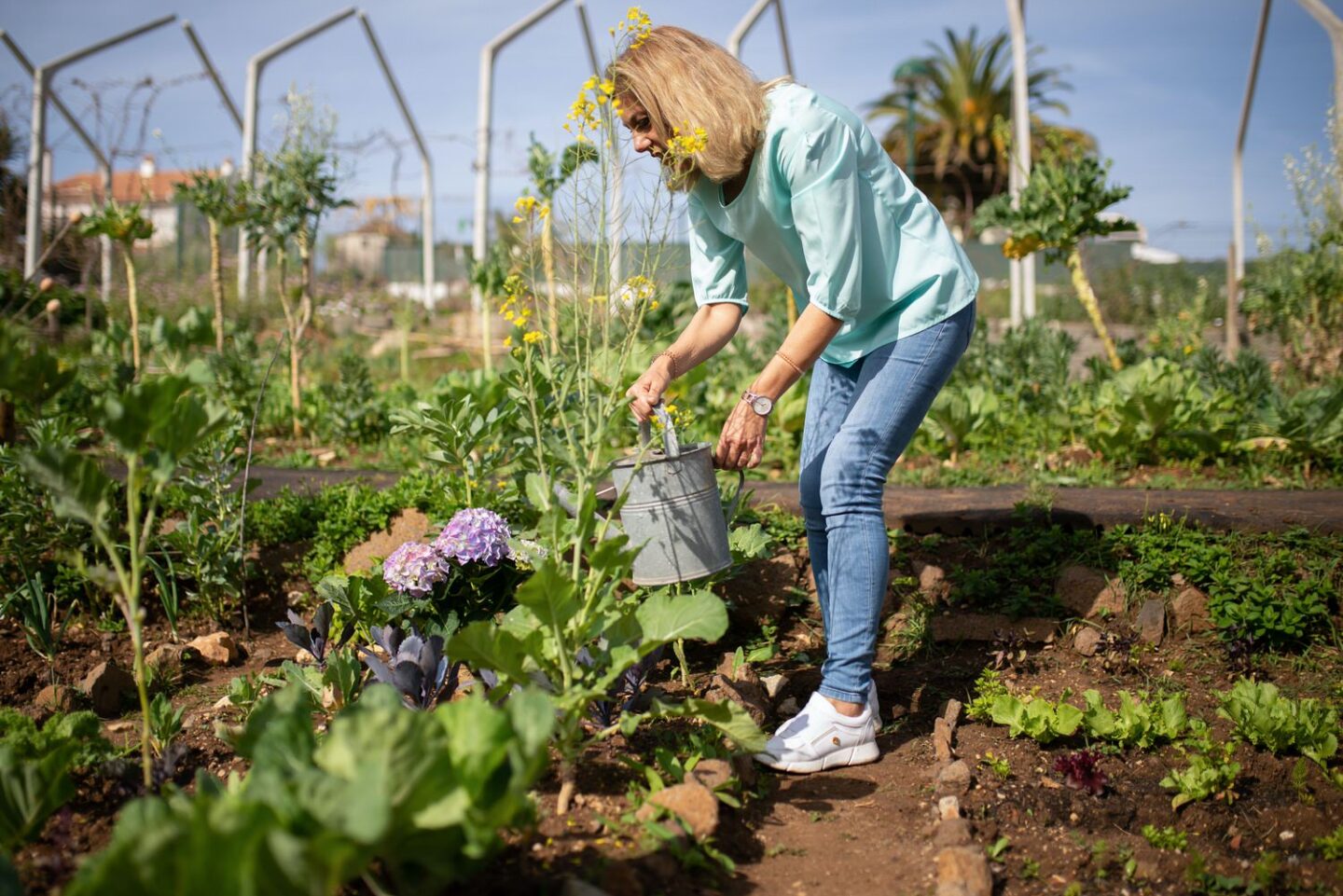Spring and summer are the best times to tend to your garden. From landscapes to living rooms, green plants make the place beautiful. Unfortunately, no matter the kind of care you give, you may notice that some are turning yellow. The yellowing of plants is known as chlorosis, which happens when something interferes with the plant’s chlorophyll. The yellowing is a way of the plant letting you know there is something wrong and that it needs help.
So, once you notice it, it is essential to take the proper steps. The best way to prevent yellowing is first to understand its cause. Read on to know why plants turn yellow and how to fix it.
Lack of Light
Your plants could be yellowing because of a lack of enough light. Light is an essential element that facilitates photosynthesis. Therefore, if the plants are not getting light, they tend to start fading. If you have potted plants, think about moving them from the shade to a place with enough sunlight. You can also prune the shrubs surrounding the plants to ensure enough light is penetrating and reaching your plants.
Burning from Fertilizers
Plant yellowing could be a result of fertilizer burn. Different types of fertilizers are created for different types of soil and plants. Therefore, it is crucial to know what works best for your garden. Fertilizer burn may happen when the soluble salts suck moisture from the plant’s roots or when the fertilizer spills on the leaves. Prevent fertilizer burns by watering the plants immediately after you apply the fertilizer.
 Herbicide and Pesticide Burn
Herbicide and Pesticide Burn
Another primary reason for yellowing is because of pesticide or herbicide burn. Once you spray pesticide on a hot day or in high humidity levels, there is a high chance the leaves get burned. The same happens when you spray on plants affected by pests, disease, or drought. Remember, once the damage occurs, there is no way to reverse it. The best way to do it right is by hiring pest control professionals like Terminix pest control. These professionals know the best time to spray the plants to prevent burning. They also know the right amount of pesticide to avoid ruining the plants from excess chemicals. Additionally, pest control experts will help identify the pests ruining the plants and the best way to get rid of them.
Inadequate Water
Lack of enough water could be another reason for yellowing. On hot days, plants lose a lot of moisture through the leaves. Therefore, you must ensure your plants get enough water daily. Water them slowly and confirm the water reaches the roots to moisten the soil. It is advisable to water your plants early in the morning or in the evening when the sun is not hot.
Overwatering
As much as water is essential for your plant’s health, it could also ruin them if it is in excess. In that case, your plants could be yellowing because you overwater them. Soils with poor drainage can hinder enough oxygen from reaching the plant due to its tight compatibility. Once you overwater them, the plants cannot breathe well, causing the leaves to turn yellow. Therefore, avoid planting in soils with poor drainage. You can also consider using raised beds to improve drainage and prevent water stagnation.
High pH in the Soil
How often do you test your soil pH? Your plants’ leaves could be turning yellow because the soil is too alkaline. Soil with high alkalinity is linked to nutrient deficit. Therefore, combine the soil and pH tests to know what it needs. You can then slowly add the nutrients to decrease the pH to the right level.
 Nutrient Deficit
Nutrient Deficit
The yellowing of the plants could also indicate that they are not getting enough nutrients. Some people may use nitrogen deficiency to explain the yellowing. However, nitrogen is not the only thing your plants are lacking. They could be missing other nutrients like zinc, iron, or manganese. The most reliable way to confirm which nutrients they are lacking is to conduct a soil test. You will get information on the nutrients you should add to the soil.
Disease
Bacterial and fungal diseases are another culprit of yellowing leaves. It starts with the yellowing of the leaves, and eventually, the plant dies. Examples of fungal diseases are fusarium wilt and early blight. If you notice yellow spots on leaves, that is a sign of early blight. You can identify fusarium wilt by the yellowing of the plant on one side. The only solution to an affected plant is to remove it. However, you can prevent diseases from attacking your plants by planting disease-resistant plants and practicing good hygiene.
Wrapping Up
Healthy plants give you a beautiful garden and your favorite veggies and fruits. If you notice the yellow color in the plants, something is wrong, and suitable remedies are necessary. So, check everything above to understand why your plants are turning yellow and ways to fix the problem.

 Herbicide and Pesticide Burn
Herbicide and Pesticide Burn Nutrient Deficit
Nutrient Deficit